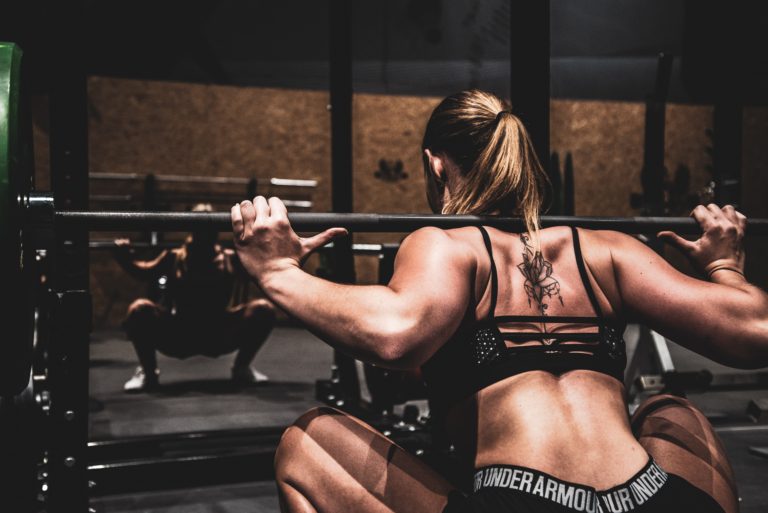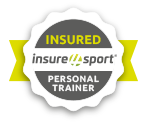Master the Basics - Building Muscle (hypertrophy)

First of all, I want to point out that It takes time to build muscle. No one increases a significant amount of muscle accidentally.
It’s worth knowing that two things can affect the size of a muscle. The first is strengthening the current bundles of muscle fibres and laying down new muscle fibres (called myofibril hypertrophy). The second is the storage of localised plasma in the muscle (called sarcoplasmic hypertrophy). The latter is experienced almost instantaneously, as blood brings glycogen and water into the muscle as part of the repair process. We know about this from an injury setting as we expect some swelling. But in training, this temporary swelling it’s not actual muscle being built. However, this increase in the cross-sectional size of the muscle leads people to think they are ‘bulking up”.
If you think you gain muscle quickly, you are more likely to experience sarcoplasmic hypertrophy. If you train weights 2-3 x per week and do a spin class 1x per week, you will observe your legs in this state throughout the week. So it makes total sense that people freak out.
Building muscle is hard and slow, here’s why. There are three key parts for building muscle:
- Initial stimulus – strength training is the stimulus, and when progressed, it places the muscle under higher levels of mechanical tension, which can cause muscle damage and accumulated fatigue (metabolic stress). It’s not yet fully established the direct role of each of these on building muscle, but we know a stimulus, aka progressive training, is required.
- Molecular signalling – is the activation of specific pathways (mTor being the most famous). These pathways switch on certain enzymes required for the next step.
- Muscle protein synthesis – the body is constantly upcycling stored proteins, and when you consume adequate dietary protein, you can build more muscle.
What’s important to know is that the above is a delicate balance, poor sleep, low nutrient quality, and an overstressed and overtaxed system won’t be able to optimise the process. Building muscle is not an essential human function, and therefore we have to optimise our bodies’ state to do so very purposefully.
You want to ensure your strength training is gradual, with slightly more load or an extra rep. You don’t want large increases in your training, and you don’t want to constantly do new exercises as this causes damage. The problem with excessive amounts of muscle damage is that the body has to go through repairing already functional muscle rather than laying down new muscle, which isn’t efficient.
Ensure adequate protein. Current thoughts are 2.2g of protein per kg of body weight. BUT, you can scale your protein intake up over time. For example, you can begin with 1g per kg of body weight and gradually increase it.
The biggest lesson is that this process is slow, and it’s hard to measure increases in muscle accurately. So focus on what you can measure. Your strength increases, and the volume (reps & sets) you lift.
Lifting heavy makes you bulky is a myth. You can build muscle at any rep range. I argue it’s harder at heavy weight because the skill of maintaining form is so much greater. Pick a rep range you are comfortable with but don’t get too over-focused on sticking to a particular rep range. Across a calendar year, you should try different rep ranges. I strongly suggest keeping the core of your exercises consistent to help you learn the skill of moving under load. Then you can manipulate the reps throughout your program.
Correct loading of an exercise is singularly the most important thing to master. Too often, I see people using things like mini bands or light weights and doing lots of exercises but not pushing any of them hard enough. To a degree, less is more. Less exercise but loaded optimally, then as you get comfortable loading each exercise, you can scale things up, adding a set or an additional exercise on a particular body part.
All of the above takes time, practice and consistency. Just another reminder that no one bulked up accidentally. It’s simply not possible.
Stay tuned next week for another instalment of Master the Basics and don’t forget to follow me on Instagram where I share exercise techniques, and show you how to maximise your training. I hope you enjoyed this blog post, if you have any questions I host a weekly Sunday Q&A session on my Instagram channel. Otherwise, please feel free to email me at andy@andyvincentpt.com.
If you want to get in touch and see how I can help your fitness and become your Online Personal Trainer, click here.


